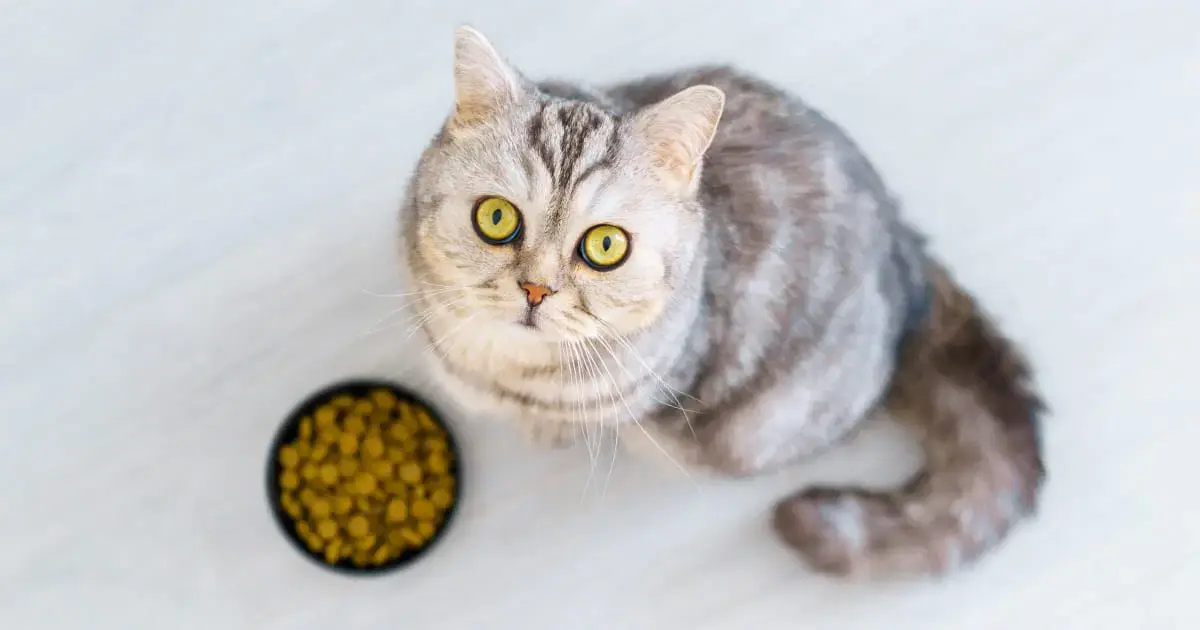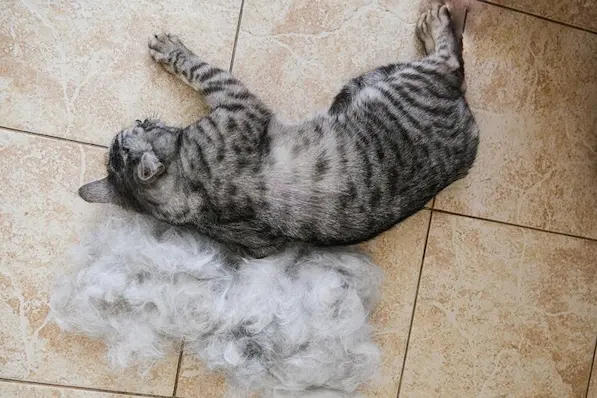Cats are mysterious, elegant creatures—but when your feline friend starts vomiting after eating, it can be both alarming and messy. While an occasional hairball is nothing new to cat owners, frequent vomiting right after meals is a cause for concern. Understanding the root cause can help you take the right steps toward a healthier, happier pet. In this guide, we’ll explore five common reasons your cat may throw up after eating and what you can do about it.
1. Eating Too Quickly
One of the most common reasons cats vomit after eating is simply because they eat too fast. When a cat eats too quickly, they often swallow air along with their food, which can upset the stomach and lead to regurgitation shortly after the meal.
What you can do:
Try feeding your cat smaller, more frequent meals throughout the day. Puzzle feeders or slow-feed bowls can also help slow down their eating and reduce the chances of vomiting.
2. Food Sensitivities or Allergies

Cats, like humans, can have sensitivities or allergies to certain ingredients in their food. If your cat vomits consistently after eating, it might be reacting to an ingredient in its diet—such as grains, artificial preservatives, or certain proteins.
What you can do:
Consider switching to a limited-ingredient or hypoallergenic cat food, ideally after consulting your veterinarian. A food elimination trial under professional guidance can help identify the culprit.
3. Hairballs

Cats are meticulous groomers, and they ingest loose hair in the process. While most hair passes through the digestive system, some of it can accumulate in the stomach and be expelled as a hairball. This often happens soon after eating, as food intake stimulates stomach contractions.
What you can do:
Regular brushing and grooming can help reduce the amount of hair your cat ingests. If hairballs are a frequent problem, consider specialized cat foods or hairball remedies designed to help manage them.
4. Underlying Medical Issues
Chronic vomiting may be a sign of a more serious underlying health issue such as gastrointestinal problems, pancreatitis, hyperthyroidism, or even kidney disease. If your cat throws up frequently—especially if it’s accompanied by other symptoms like lethargy, diarrhea, or weight loss—a vet visit is essential.
What you can do:
Don’t ignore persistent vomiting. Schedule a thorough examination with your veterinarian, who may recommend blood tests, x-rays, or an ultrasound to diagnose the issue accurately.
5. Eating Non-Food Items (Pica)
Some cats have a tendency to chew or eat non-food items such as plastic, string, plants, or rubber. This condition is known as pica. Ingesting these materials can irritate the digestive system or cause blockages, leading to vomiting after meals.
What you can do:
Keep non-food items out of reach and offer safe alternatives like chew toys. If your cat frequently eats inedible items, consult your vet to rule out nutritional deficiencies or behavioral issues.
Prevention and Care
While occasional vomiting isn’t always a cause for concern, keeping an eye on the frequency, consistency, and content of the vomit can give you valuable insights. Ensuring your cat is well-groomed, well-fed, and regularly seen by a vet will help maintain their overall health.
Speaking of grooming—did you know that professional grooming can significantly reduce hairball problems and skin irritation in cats?
If you’re looking for expert cat grooming in Abu Dhabi, consider The Groom Room. With a calm, pet-friendly environment and experienced groomers, The Groom Room offers high-quality pet grooming in Abu Dhabi that not only keeps your feline looking their best but also supports their overall well-being.
Conclusion
Vomiting after eating isn’t uncommon in cats, but frequent occurrences should never be ignored. Whether it’s due to eating too fast, food allergies, hairballs, medical conditions, or pica, understanding the cause is the first step to resolving the issue. Pay attention to your cat’s habits, consult with your vet when necessary, and don’t underestimate the value of good grooming.
For professional support in keeping your furry friend healthy and tidy, trust The Groom Room, your go-to destination for top-quality pet grooming in Abu Dhabi.

